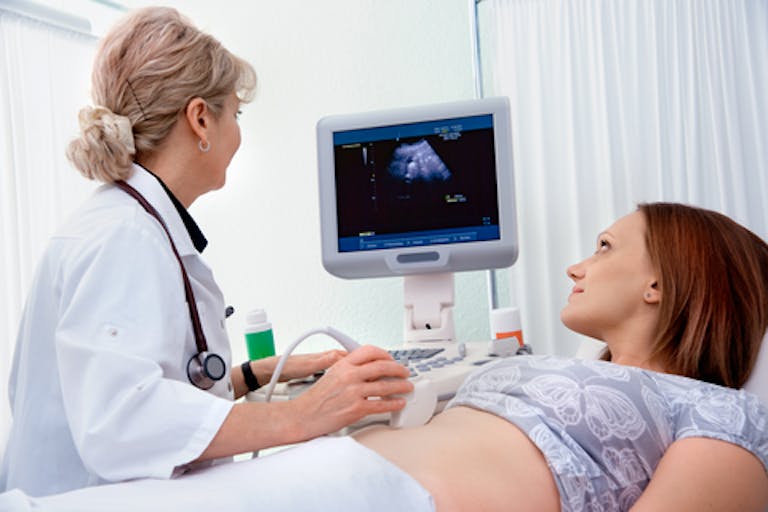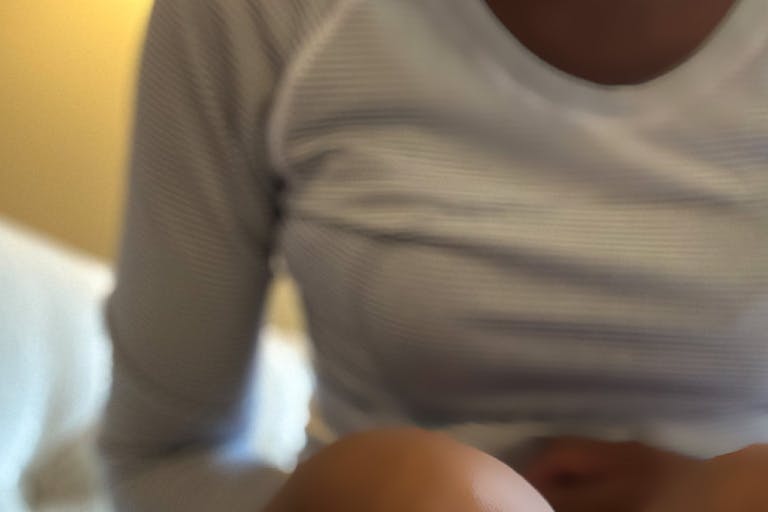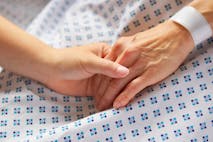
Judge overturns state’s mandate to check for dangerous ectopic pregnancy before giving abortion pill
Bridget Sielicki
·
Pro-abortion book for teens says abortion pill ‘like a heavy period,’ but many women say otherwise
A 2019 pro-abortion book intended for teenagers isn’t telling them the whole truth about chemical abortions using the abortion pill. The book paints a less than honest picture of the abortion pill experience:
The pills induce an abortion similar to a natural miscarriage, causing cramping and bleeding to empty the uterus – like a very heavy period that lasts from several hours to a couple of days.
The abortion can happen at home, with over-the-counter pain medication to manage the discomfort of the cramping. Just as with surgical abortion, most people are able to return to normal activities the next day.1
This explanation leaves out a significant number of details. Below, former abortionist Dr. Anthony Levatino explains how the abortion pill works:

One woman described her horrifying experience with the abortion pill at Silent No More. It was not at all like the book for teens explains it:
Within one hour I knew that everything the doctor had told me was a lie. I was bleeding so heavily, I believed I was dying. I was passing clots the size of baseballs, and I was in the worst physical pain of my life, worse than childbirth.
The worst part of my experience was when I was sitting on the toilet and I felt myself pass a clot that felt strange. I looked into the toilet and saw my baby. It had a head, body, and tiny arms and legs. The shame and guilt that I felt at that moment, as I was forced to flush my aborted baby down the toilet, is impossible to describe.
This was not the end of her ordeal. She reportedly woke up “covered in blood” three weeks later and had to be rushed to the hospital, where she was treated for incomplete abortion. She says she was left with “crippling depression.”
Another woman, commenting on the same website, said:
[I] was in excruciating pain with heavily [sic] bleeding, and I felt that sitting on the toilet was best. I birthed my dead baby into my toilet. I was heartbroken when I saw that it had tiny fingers and toes. I bled a lot, and the abortion was excruciatingly painful, almost as painful as my two unmedicated full-term births.
The aftermath was even harder:
After the abortion, I became withdrawn, depressed, and turned to alcohol to drown the pain. I cried myself to sleep every night for months and sometimes contemplated suicide, because the grief and guilt were overwhelming.
Article continues below
Dear Reader,
In 2026, Live Action is heading straight where the battle is fiercest: college campuses.
We have a bold initiative to establish 100 Live Action campus chapters within the next year, and your partnership will make it a success!
Your support today will help train and equip young leaders, bring Live Action’s educational content into academic environments, host on-campus events and debates, and empower students to challenge the pro-abortion status quo with truth and compassion.
Invest in pro-life grassroots outreach and cultural formation with your DOUBLED year-end gift!
Stephanie, who spoke at the March for Life, said:
I took the abortion pill and was told it was going to be like a menstrual period. The truth was that I had cramps so severe I fainted multiple times and for hours I had the worst pain I had ever experienced. I was bleeding so much, and I was all alone, honestly thinking I was going to die.
She attempted suicide after her abortion.
READ: ‘Humiliating and terrifying’: Pro-abortion news site shares abortion pill horror stories
Dora wanted to reverse the abortion as soon as she took the pill. The abortion worker told her this was impossible, and that if she tried, her baby would be born deformed. But a study done on abortion pill reversal found it to be 64% to 68% effective, and there was no increase in birth defects among the children.
Dora described her experience:
When the cramps became unbearable, I made my way to the bathroom. I locked the door and experienced the most severe pain I had ever felt in my life. I sat on the toilet and bent over in pain…
As I got up, I saw blood everywhere. I saw parts of my baby, an image I will never be able to erase from my mind. I fell to my knees in pain and was blacking out.
Afterward, she said, “The next two weeks were nothing but a blur. All I remember doing was lying in bed to sleep and cry. I didn’t eat, I didn’t shower, I didn’t answer phone calls, I didn’t go to school or work. I didn’t want to leave the bed.”
She didn’t want to go for her post-abortion checkup, but her boyfriend convinced her. At the facility, she was told the abortion wasn’t complete and that she could have died if she hadn’t come back for a surgical abortion. The abortion workers had told her there was only a “one in a million” chance this would happen. However, the failure rate for the abortion pill increases with gestational age, and a study in the U.S. revealed that 5% of women needed a hospital or urgent care visit after taking the abortion pill; this number was reported at about 6% in the UK.
Abortion staffers reportedly sent Dora into a room with bloody instruments that hadn’t been cleaned from the last patient. She suffered emotionally after her abortion, seriously contemplating suicide and even writing a suicide note. She cut herself with razors and abused drugs and alcohol. She dropped out of nursing school and fell into a dark depression. She also suffered panic attacks. Years later, she was told by doctors that she might never have children.
These are just a few experiences from women that show the reality of abortion by pill, showing that the pro-abortion book is deceiving impressionable teens.
Source: Robin Stevenson My Body My Choice: The Fight for Abortion Rights (Orca Book Publishers, 2019) 11-12
“Like” Live Action News on Facebook for more pro-life news and commentary!
Live Action News is pro-life news and commentary from a pro-life perspective.
Contact editor@liveaction.org for questions, corrections, or if you are seeking permission to reprint any Live Action News content.
Guest Articles: To submit a guest article to Live Action News, email editor@liveaction.org with an attached Word document of 800-1000 words. Please also attach any photos relevant to your submission if applicable. If your submission is accepted for publication, you will be notified within three weeks. Guest articles are not compensated (see our Open License Agreement). Thank you for your interest in Live Action News!

Bridget Sielicki
·
Analysis
Cassy Cooke
·
Analysis
Cassy Cooke
·
Analysis
Cassy Cooke
·
Analysis
Cassy Cooke
·
Analysis
Nancy Flanders
·
Guest Column
Sarah Terzo
·
Abortion Pill
Sarah Terzo
·
Guest Column
Sarah Terzo
·
Guest Column
Sarah Terzo
·
Guest Column
Sarah Terzo
·